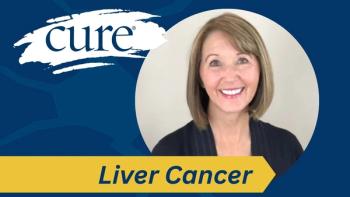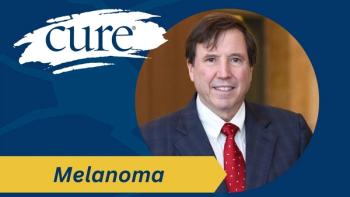
Doctor Reflects on 30 Years of Cancer History
Key Takeaways
- Immunotherapy and innovative treatments have revolutionized cancer care, shifting it from terminal to chronic in many cases.
- Recent advancements in immunotherapy, led by researchers like Dr. Jim Allison, have shown promise in targeting the immune system.
When I began my medical oncology career more than 30 years ago, I was determined to be among the first generation of researchers to cure cancer.
When I began my medical oncology career more than 30 years ago, I was determined to be among the first generation of researchers to cure cancer. My experiences as a medical resident, witnessing patients undergo unbelievably toxic therapies with horrible side effects, motivated me to find safer, more effective treatment options. In those early days, I spent countless hours in laboratories at the National Cancer Institute attempting to forge a path in the deeply convoluted sphere of cancer treatments. At the time, I believed immunology had the potential to create unparalleled medical breakthroughs, eclipsing chemotherapy as the most effective treatment option and revolutionizing patient outcomes.
Well, it didn’t. The promise of immunology as a viable treatment option failed to manifest at that time. As clinical trials failed, it appeared that my efforts and those of so many of my colleagues had been altogether misdirected.
Fast forward 30 years to today. It is an exciting time for cancer researchers, clinicians and patients. Immunotherapy, hormone therapy and other innovative treatments represent spectacular advances in cancer diagnosis and therapeutics. Though odds may vary by cancer type, a cancer diagnosis is no longer a death sentence. The disease has shifted to be more chronic than terminal in many cases, something unfathomable just 30 short years ago. Early detection methods have improved survival rates for many, significantly increasing treatment options. Additionally, a renewed focus on disease prevention has brought the onset of prophylactic surgeries and vaccines that have helped patients avoid some types of cancer altogether.
Over the last five years, advancements in immunotherapy have been particularly promising. The treatment has been transformed through the work of
The future of oncology will see the implementation of immunotherapy for a wider range of cancer types. We are only at the nascent stage of understanding the full depth of this treatment method. Medical advances in a few short years could make current progress seem primitive.
It will also be increasingly important for us to prioritize microbiology within research efforts, as variations in the microbiome and genome determine how our bodies respond to cancer and treatment side effects. Understanding these complex systems will enable doctors to prevent and intercept cancer using personalized treatments for years to come.
At Cancer Treatment Centers of America® (CTCA), as we celebrate 30 years of patient care, our focus has always been on the individual patient; their individual goals, fears, symptoms and quality of life. We evaluate therapies solely by their potential benefits to patients. The future of oncology at CTCA® will continue to be aligned with patient needs, but we also face new challenges.
Today and for the long term, innovative treatments will enable us to continue treating cancer as more of a chronic disease — a complete paradigm shift in approach. Yet this is economically unsustainable for many reasons. First, the growing elderly population will give way to a rapid rise in cancer patients and cancer survivors; an aging population means more cancers, even with advancements in cancer prevention and treatment. Next, our current health care system simply cannot support the astronomical costs of many treatments. Rising drug costs will inevitably place cancer prescriptions out of reach for many: a drug that costs $1,000 per month was completely unheard of 30 years ago; now, cancer drugs can cost $20,000 per month and patients may be taking them for years in this chronic disease model. Finally, as we move to more personalized diagnoses and treatments, there will be more types of cancers. Hundreds of cancers exist today, but there will likely be thousands in the future as researchers continue to discover new forms every day. Health care as we know it is simply not sustainable under these circumstances.
So, as we shift to this chronic care model of cancer treatment, we’ll need to find new ways to pay for more treatment for more Americans. It’s a conversation that’s long overdue and one we need to start now to begin planning for cancer’s next 30 years. Looking ahead, it is my hope that both our health care system and cancer care will move toward an even more patient-centered approach, by reducing costs, improving quality and providing individualized treatment plans.
Dr. Markman is the president of Cancer Treatment Centers of America, Medicine and Science, and the editor in chief of Oncology Live, CURE's sister publication.




